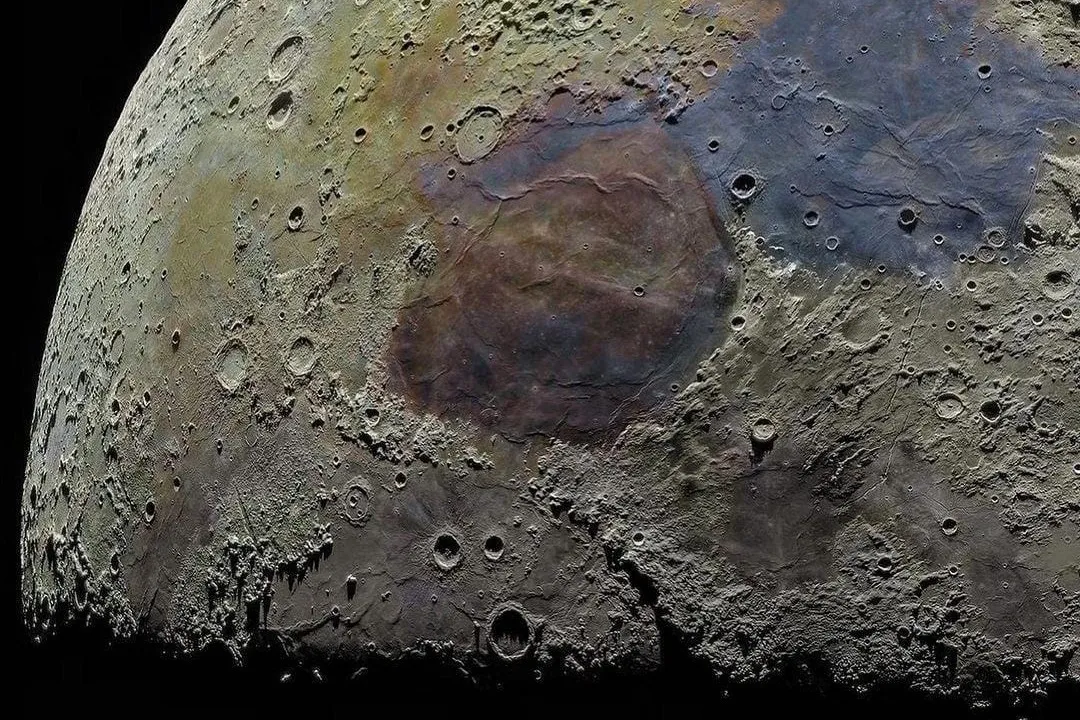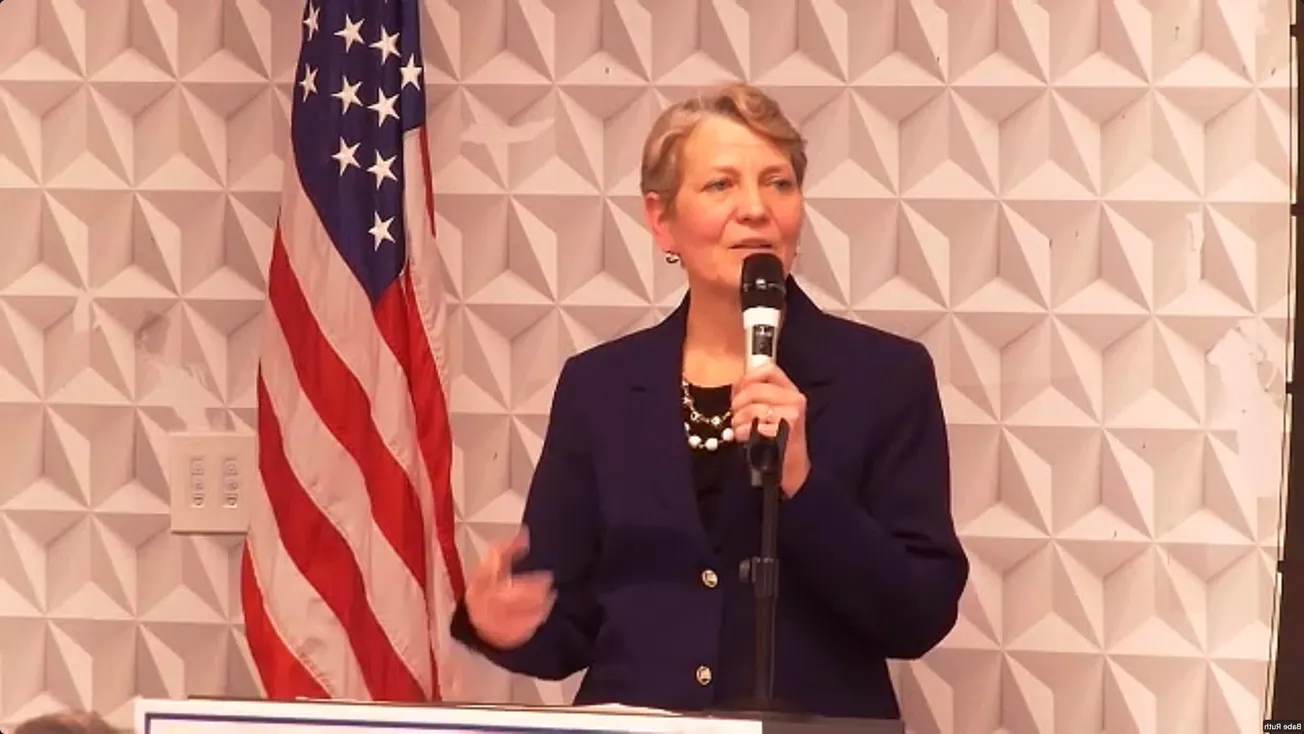At a press conference held yesterday in Beijing, representatives of the China National Space Administration (CNSA) described in some detail, the missions to the Moon, Mars, Jupiter, and lesser bodies in the Solar System over the next 25 years. China will continue its advance of increasingly difficult lunar missions, leading up to a scientific laboratory in the next decade. For example, Chang’e-6 and 7 will explore the environment and resources of the Moon, and collect samples from the polar region over the next five years, said Xu Hongliang, CSNA spokesman.
In manned space, Wu said, the space station should be finished next year, “in which astronauts can stay for long periods to carry out scientific experiments.” But he also stressed that the scientific research should be “contributive.” Space science, space technology, and space applications should be coordinated, he said.
Referring to the release of photographs taken by China’s Mars rover Zhurong on June 11, Wu said the success of the mission shows “the country has come to the forefront of the world in Mars exploration.”



